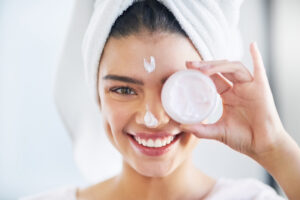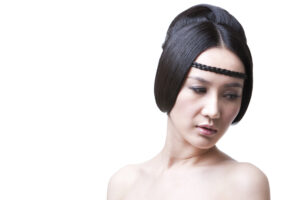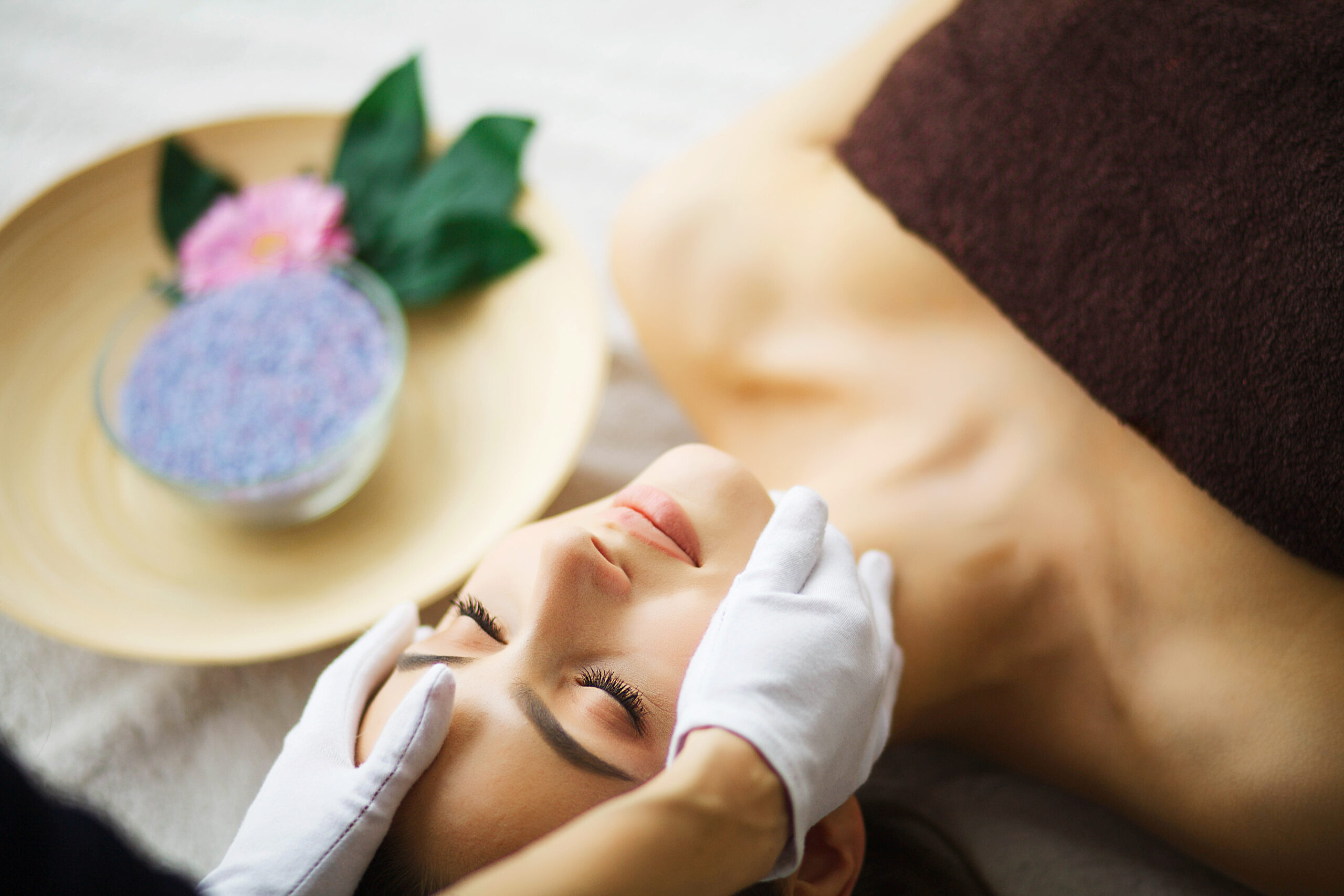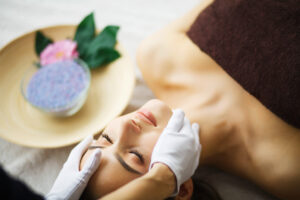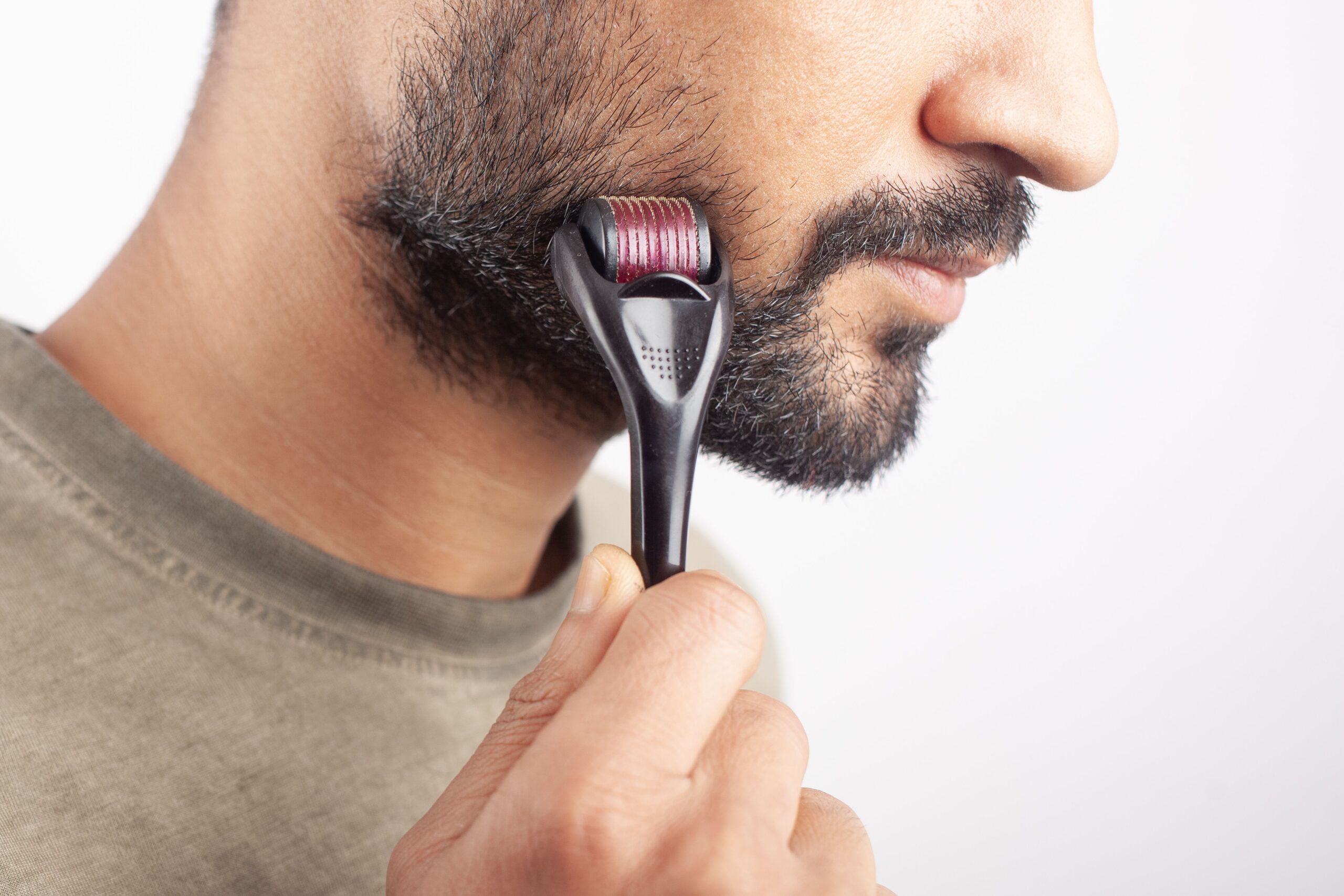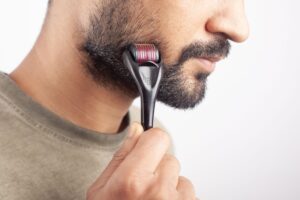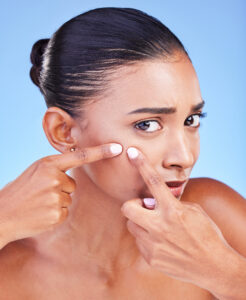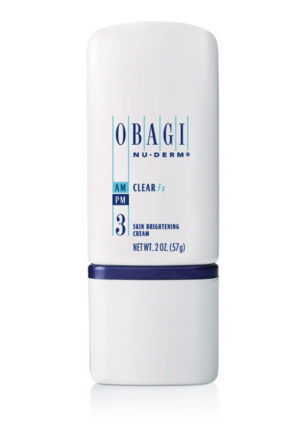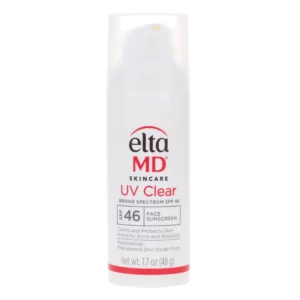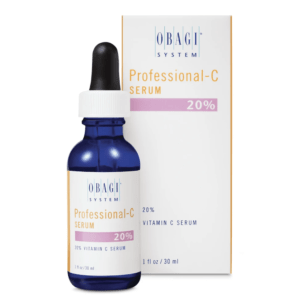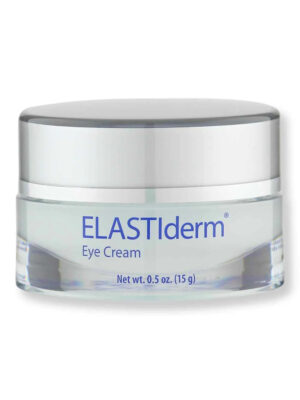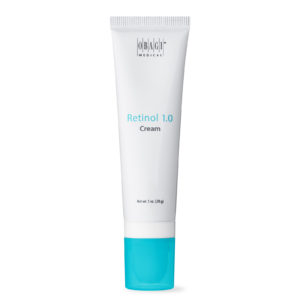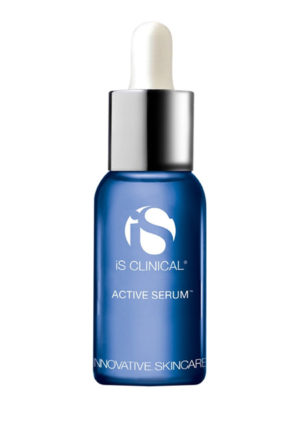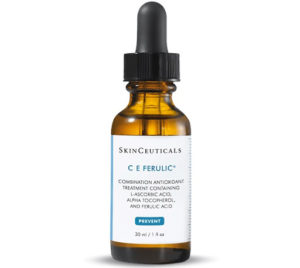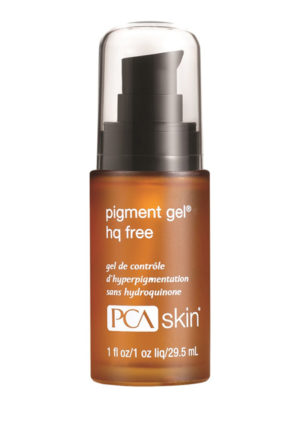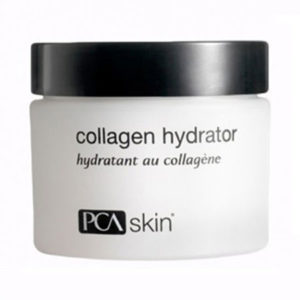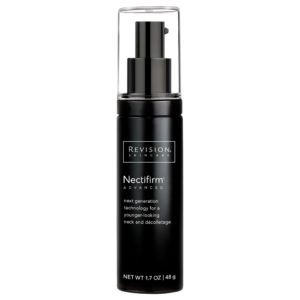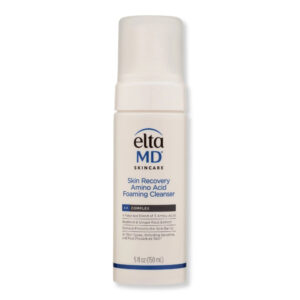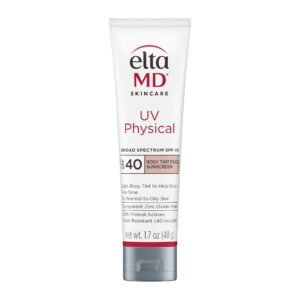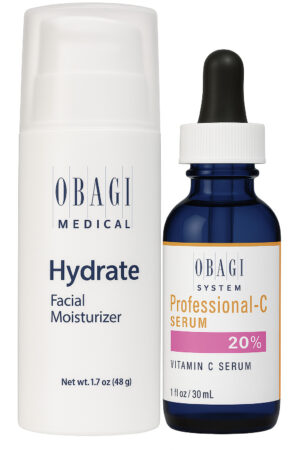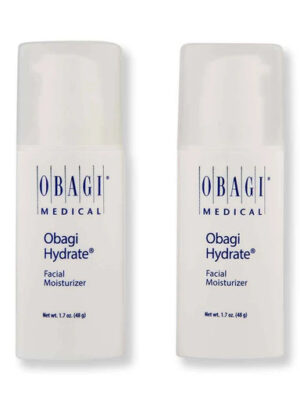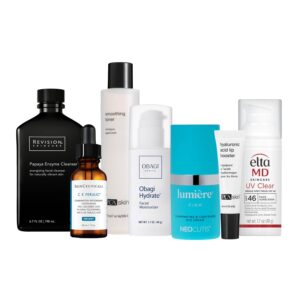Keeping it simple with 6 habits that will make all the difference for anyone with busy routines.
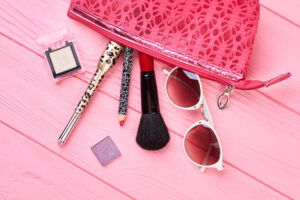
Make up bag with cosmetics and accessories. Makeup cosmetics kit, toiletry pouch and beauty fashion essentials. Feminine beauty essentials on pink wooden background.
I’ll be the first to admit that I’m the worst when it comes to keeping up good beauty habits. And why? I know they’ll improve my skin and preserve it over time. But it’s easy to get overwhelmed with all the options out there. It also can take time to understand your specific skin type. So at SkinMedix, we’ve compiled a list of six truly simple beauty habits that will make a big difference now for those who value the health of their skin, no matter their skin type.
Clean out your makeup bagMost women are guilty of keeping old make-up longer than they should, myself included. The expiration date is just a suggestion, right? Wrong. All types of skincare and makeup have clear retirement ages. Powders and compacts are, at most, good for two years. The highlighter has been scraping the bottom of my beauty bag for well over a decade. I think I used it for my senior year prom makeup. I’m 31. It’s gotta go. The last time I tried to use it, it all but crumbled on my skin. My highlighter expired right around the time I discovered Netflix. Yikes. After three months, mascaras and eyeliners can do more damage to the skin around your eyes than good. I had four – FOUR – tubes of different mascaras, all dried out. Why do I keep them? I always get the feeling that there’s more in there I can’t see. I’m clinging to the hope that I’ll be the first to use every bit of mascara in the tube. Gotta go. Creams and liquids are no exception. You’ve probably noticed some liquids getting cakey and any creams taking on a more solid form. That’s a clear sign your products are past their expiration, but anything past a year is a gamble. I had old bottles of facial cream I’d been meaning to scrape for scraps, but it was not worth the risk. Over time, harmful bacteria can develop in our products, affecting our skin and even our eyes. Write the date on the back of your products (especially those you use less frequently like specialty makeup or at-home facials) and permit yourself when it’s time to toss them! It’s not worth the risk to your skin.
Get a facial at least 4 times per yearOver time, dead skin cells inevitably build up on the skin creating a barrier your skin care products can’t penetrate. Facials may seem like a splurge, but we can think of them as part of our medical upkeep. I had my first facial gifted to me on my 30th birthday, and I was sold even before the appointment. My mother has beautiful skin, but it wasn’t always. Suffering from acne for most of her life and scar build-up, she dedicated some of her income each year to facials and drastically improved the texture and tone of her skin. On the day of my appointment, I explained my skin type to the esthetician and what my goals were. It’s now something I budget for each year under my Wellness budget. Our skin is the largest organ our bodies support. Facials aren’t all about vanity and youth, but our body’s overall well-being. Facials give a deep clean we can’t always replicate at home, though exfoliation can help. They also give us a chance to discuss our skin care needs and concerns with a skincare professional who may be able to recommend better products or a better regimen for our skin type.
Moisturize throughout the dayMost of us will stop feeling the benefits of the moisturizer we apply in the morning by the time afternoon rolls around. For those of us with oily skin, we’ll need a good pat down and reapplication. For those with dry skin, (hi, it’s me!) we’ll start to feel the lack of moisture pull around the eyes and the lips especially. Take a moment to apply a few drops of a moisturizer like Peter Thomas Roth Peptide 21 Lift & Firm Moisturizer or spritz your face with a hydrating mist of Avene Thermal Spring Water. These products replenish lost moisture but won’t ruin your makeup since they’re fast-absorbing.
Wipe down your phone! Our phones are a breeding ground for bacteria. It’s estimated that the average phone has 18 times more bacteria than a public restroom! It makes sense. Our phones are probably the object we touch most throughout the day — after we’ve touched the door handle, shake someone’s hand, visited the restroom, pushed the shopping cart, exchanged money, and signed the check with the pen at the restaurant. All those germs land right on our cheek and jawline every time we chat away, causing pimples and irritation. To keep your phone and face bacteria-free, wipe it down with an antibacterial wipe once a day. I like the keep them in the glove compartment of my car. And while you’re at it, don’t touch your face with your hands either. Try keeping a napkin or facial wipes nearby if you feel the need to rest your chin in your hand or scratch and itch. I have a friend who swears by the Starbucks napkins as the best overall blotting and protective barrier napkins out there. Find what works best for you.
Apply sunscreen — even if the only “outside” you’ll see is from the inside of your carIt’s estimated that the average American spends about 293 hours driving per year. Research shows that driving may contribute to the increased likelihood of skin cancer on the left side of the body. In a study published in the Journal of the American Academy of Dermatology, data revealed that “Those who believed they were protected from sun damage while in a car were much less likely to use sunscreen (12% vs 46%, P < .05). There was a significant left-sided predominance of nonmelanoma skin cancers, except in patient who used automobiles with tinted windows.” (Kim), So before we grab our keys, grab a tube ofElta MD UV Glow SPF 36 (also available in the tinted version) and apply generously to the face and neck. For an instant, non-greasy protection on arms and hands, try Retinol by Robanda Anti-Aging Hand Treatment SPF-15.
Extend DownThough we focus on our faces, our necks and chests need TLC, too! Whether it’s with your favorite facial cream or mask, extend your daily regimen down to the top of your décolleté to prevent crepey or chicken skin. We can improve the texture and tone of the neck and décolletage over time simply by remembering it’s there! For years, I was ignorant of the delicate nature of the neck and chest. By my 30th birthday, I had a slight case of chicken skin on my neck and sun spots on my chest from sun exposure and negligence. I extended my SPF facial cream down each morning and began using a light retinol and moisturizer in the evenings. Even better, use a product with an applicator specifically designed for this area, like Obagi Medical’s Elastiderm Neck and Décollaté Concentrateto help skin look and stay younger and healthier. Keeping our skin healthy doesn’t have to be complex. It can be as simple as these six, mindful habits. Whatever your skin type, and wherever you are in your journey – treating our skin as a delicate part of our biological structure, the same way we would our heart or lungs, is the first step to overall well-being. These habits are no different than brushing your teeth or doing cardiovascular exercises. Skincare isn’t just about beauty! What simple beauty habits are part of your daily routine?
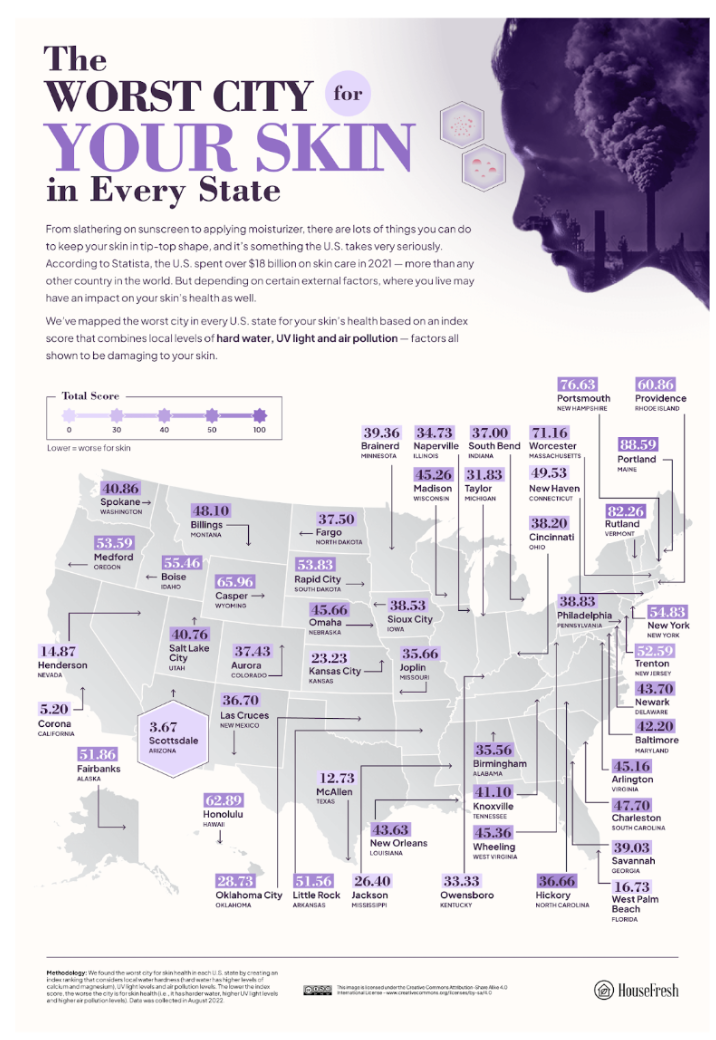

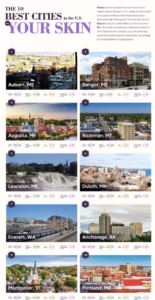



 Meet the Expert: Lawrence E. Gibson is a practicing dermatologist in Minnesota and is associated with MayoClinic. With 21 years of experience, his specialty has been dermatopathology, the study and diagnostics of skin diseases. As such, he has paid special mind to the natural preventative measures one can take against skin diseases and dysfunction.
Meet the Expert: Lawrence E. Gibson is a practicing dermatologist in Minnesota and is associated with MayoClinic. With 21 years of experience, his specialty has been dermatopathology, the study and diagnostics of skin diseases. As such, he has paid special mind to the natural preventative measures one can take against skin diseases and dysfunction. 
